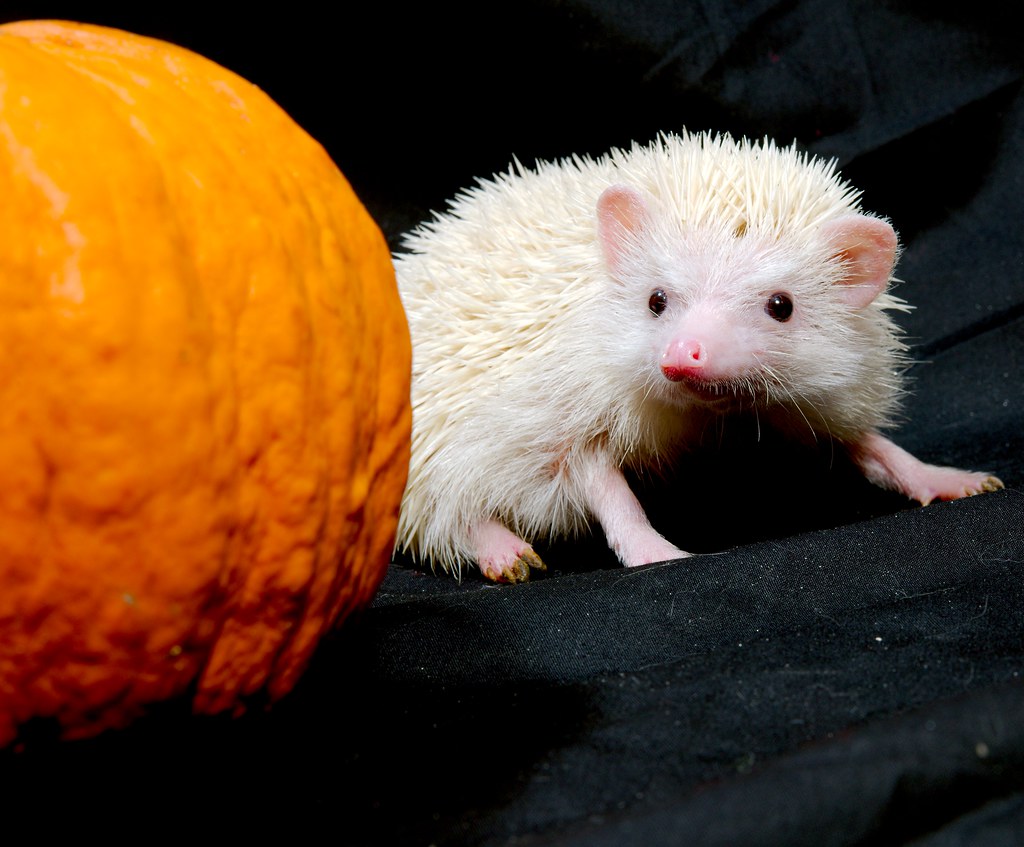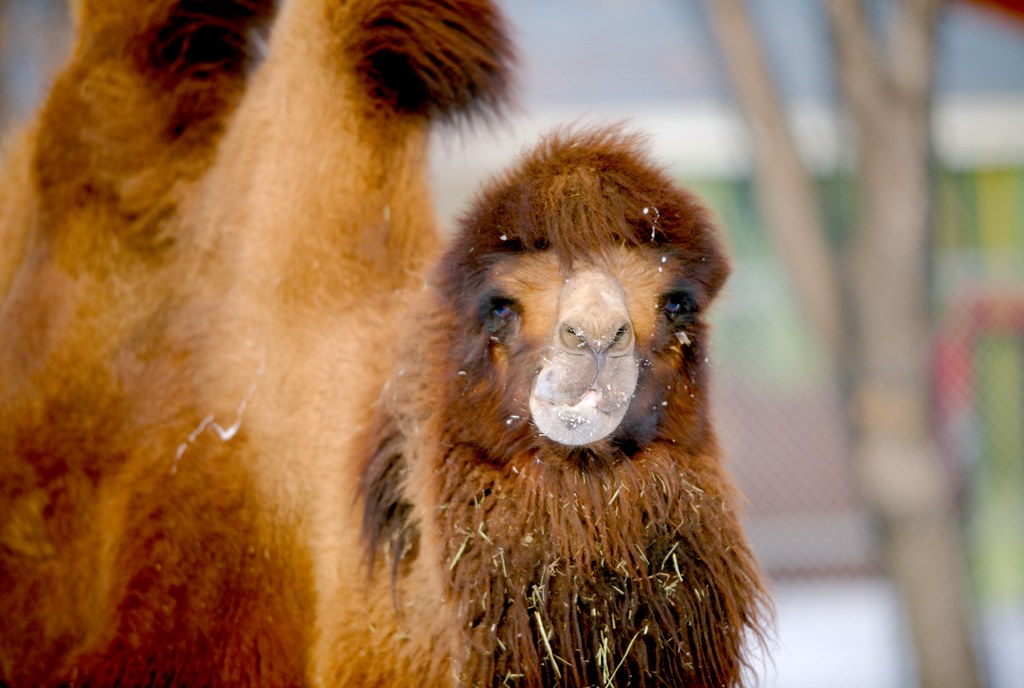This cow isn’t sure that surfing social media is the best use of your time right now.
Category Archives: Mammal
Porcupine
Pallas Cat
Bactrian Camel
Bunny
Tenrec
Tenrec
Wolf
American Bison
The bison has an udder where milk is only released when the young calf slams into it with their head. So when you visit a field when the babies are young, you see lots and lots of little bison headbutting their mothers so they can have lunch.
In other words, all the boys bring the milk shake to the yard.
Gibbon
American Bison
Damarland Mole Rat
Egyptian Spiny Mouse
Gorilla
Bactrian Camel
Rock Hyrax
As he looked out over the vast landscape and thought back on his life with a critical eye, thinking of all his mistakes, everything he could have done better, every moment of pain he had inadvertently caused those he loved, one thing became apparent.
He wished he done this critical self reflection much earlier in his life.
Cactus Mouse
Wolf
Some zoos receive gifts of roadkill from their state’s DOT. This allows them to feed their animals at a lower cost while also giving the animals a wider variety of meat and stimulation. I was fortunate enough to see a wolf pack devour a deer this summer.
However, I know that many of you don’t want to be seeing that, so here is a photo of a wolf that needed a drink after eating a bit of deer.
If you want to see the whole set, follow the photo link through to Flickr.
Me and a dolphin
Still at Discovery Cove, this was my first time interacting with a dolphin (well, porpoise). As I mentioned yesterday, I am generally in favor of zoos. I know they are not perfect and the non-accredited zoos are often quite awful. One of the places where my personal ethics make me a bit uncomfortable is when “intelligent” species are kept in zoos. As we have been trying to define “intelligent” for generations and seem to be unable to do, I am going to clarify by saying that I am referring to species of a significantly higher than average level of neural complexity that appear to live rich social lives and require constant interaction with their environment to be psychologically healthy. It’s not a great definition, but it does draw a line between octopuses which seem like good problem solvers and dolphins which seem genuinely intelligent. That said, I must admit to a likely human-centric view here.
Anyway, I get a bit uncomfortable when I see great apes and cetaceans in zoos. I tell myself that they wouldn’t necessarily be better off in the wild – great ape habitat is almost entirely gone, and the shallow oceans are far from healthy places to live. Physically, the dolphins are a lot better off in captivity. As for their mental well being, I always had a problem seeing dolphins in huge sterile tanks.
This is where I think that Discovery Cove has made great strides. Yes, the dolphins are taught to perform a routine and interact with guests. This can elicit memories (for those of us old enough to remember) of dancing bears at the circus. However, in talking with the trainers, I was impressed at how much effort was put into first, making the experience safe for the animals and second, designing the entire program around consent.
Discovery Cove has at least one pod of dolphins that live in a bay-like environment. It’s clean, but not sterile in the way that an aquarium is. The dolphins are trained to volunteer to come and play with the humans. They’re allowed to have their preferred trainers and if they don’t want to “work” that day, they don’t. Sure, they’re rewarded for performing with fish and fish-flavored jello, but that’s not all that different from humans being rewarded with money and occasional pizza parties.
While I, personally, did not enjoy the sameness and controlled experience that Discovery Cove offered – mostly because I’ve had experiences much closer to the wild – for the first time, I did not feel sorry for the dolphins. I think this is a big step in the right direction. I am also pleased to note that SeaWorld is reworking their older parks to build this newer understanding of cetacean psychology into the life experiences of all of their animals.
(And before you mention that movie, know that it was as misleading as the anti-Planned Parenthood “baby parts” video. People can edit footage to tell whatever story they want. SeaWorld isn’t perfect, but they’re not monsters either.)
Humans
This is what the “dive experience” looked like, in the human direction. Everyone was under water with forced air going into the weighted helmets. The air was balanced for buoyancy. The net effect was that people who might have trouble walking or breathing were able to go underwater in ways that may not have been possible before. However, people who are sensitive to pressure making ears pop and such should probably avoid it.
Once underwater, you held onto handrails and walked on the prescribed path. Mostly, it was seeing fish. A side effect of the helmet is that you couldn’t really move your head up and down, which made getting the right angles on photos nearly impossible. So, I don’t recommend it for the photography aspects. Still, it was an interesting experience.
The most interesting thing for me was the moment I walked down the ladder and saw the water close over my head. As soon as that happened, something in my brain went “This is **wrong**, get out now!” It’s weird to be 40 years old and encounter a new instinct. I used logical brain to push that aside and did it anyway and I was fine. However, in that moment I suddenly understood the stories of people suddenly and unexpectedly panicking. Had I not been prepared for that feeling, I could see the instinct overriding the logical brain very easily.
It was interesting.



















